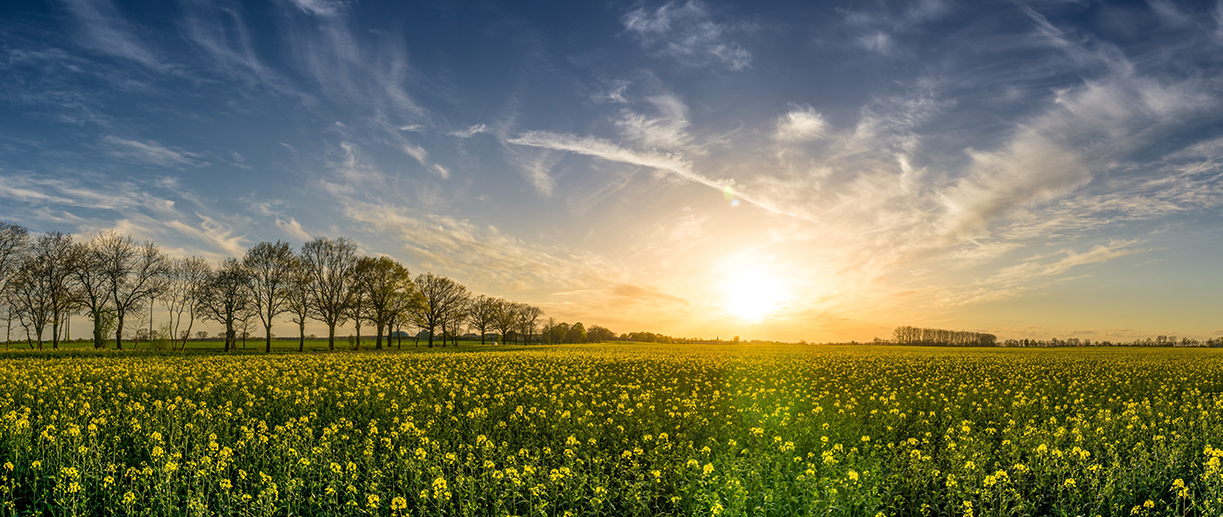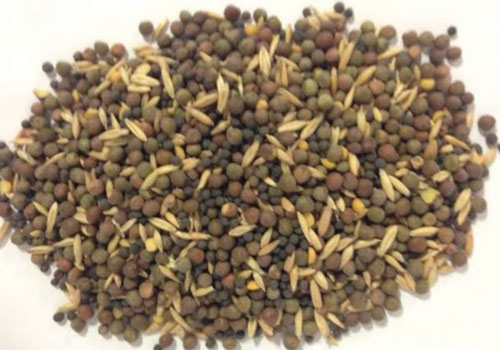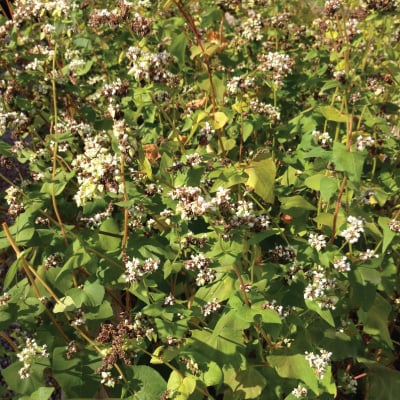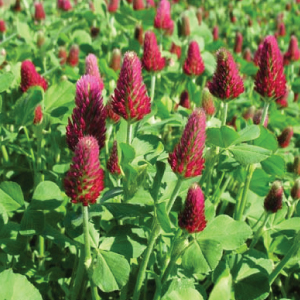
Choosing a Spring Cover Crop
A benefit to growing cover crops during the warmer months instead of over the winter is that cover crops grown in the summer increase and attract pollinators such as birds and insects. In addition to pollinating the harvestable crops, these birds and insects may reduce the number of damage-inducing pests that can harm your fall crop.
Below, we have outlined some questions to ask yourself when planning for your spring cover crops.
1. What are your goals?
When it comes to planning for your spring cover crops, the first question to ask yourself is: what are your goals? Are you looking to add more nitrogen to the soil? Or maybe you are wanting to suppress weeds? Cover crops can serve many different purposes and each have their own strengths and weaknesses. It can be daunting trying to figure out which cover crop to use, but it is important to focus on what your goals are and what varieties will be able to give you your desired outcome.
For example, if your main garden goals are to add more nitrogen back into the soil as well as suppress pesky weeds, then our Spring Mix is for you. Our Spring Mix contains a blend of field peas, oats and hairy vetch. This blend of legumes and oats will starve and prevent weed germination while adding nitrogen and organic matter to the soil.

Spring Mix
Contains: 60% Field Pea, 25% Oats, 15% Hairy Vetch
Uses: Green Manure, Nitrogen Fixation, No Till, Organic Matter (Biomass), Weed Suppression
2. When is your cover-cropping window?
The next step of planning your spring cover crops is asking yourself: when is your cover-cropping window? You will need to identify when you will be able to plant and terminate your spring cover crops in order to plant your main season crops. Even though many different varieties of cover crops can be planted at multiple times of the year, they will perform different functions better when planted in certain time slots.
For example, planting legumes, like Hairy Vetch, in the spring to early summer provides nitrogen and weed suppression to the soil. However, when planted in mid to late summer, it will produce nitrogen and act as organic matter until it winterkills.
An important factor to consider when planning for what cover crops to plant, is your main season crops. Make sure to use a cover crop that fits within your planting time slot so that you can plant your vegetables within your desired time frame.
For example, the Common Buckwheat is a great choice for a short growing window. This variety matures in just 60 days and is used to suppress weeds and attract bees and beneficials insects after a harvest of early vegetable crops. Once it is mowed down and terminated, it can be followed by fall vegetables or winter grains.

Common Buckwheat
Uses: Bees & Beneficial Insects, Green Manure, No Till, Organic Matter (Biomass), Weed Suppression
3. What is your climate like?
The next important question to ask yourself when planning out your spring cover crops is: What is your climate like? In order to choose a cover crop to give you your desired outcome, you need to know which varieties perform best in your region.
For example, Crimson Clover does not do well in dry climates that get less than 10 inches of rain per year. However, it will thrive along the Pacific coast and eastern half of the United States.

Crimson Clover
Uses: Bees & Beneficial Insects, Chicken Forage, Compaction Control, Deer Attractant, Erosion Control, Green Manure, Nitrogen Fixation, No Till, Weed Suppression
Now that you have asked yourself about your spring cover-cropping goals, planting window and climate, you can now put your plan into action!
You can find countless options of different types of cover crops from brassicas to grasses and legumes, each designed with different goals, planting times and climates in mind at Urban Farmer.
